Originally posted by Nicodem
| Quote: | Originally posted by chemrox
How much material can you process at a time? |
That depends on the Rf differences and plate thickness. A 2 mm plate will optimally be able to separate up to 400 mg (250 mg for sure), while a 4 mm
plate up to 1000 mg (500 mg for sure). This is assuming you have compounds with Rf differences greater than 0.1 on TLC with the same mobile phase.
Obviously, you can not load 20 g in one run. That is too much even for any normal sized column. |

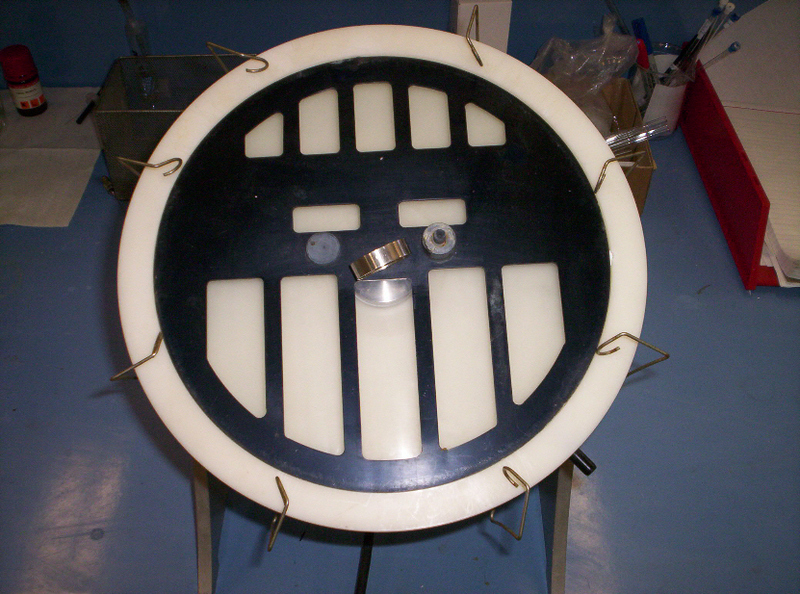
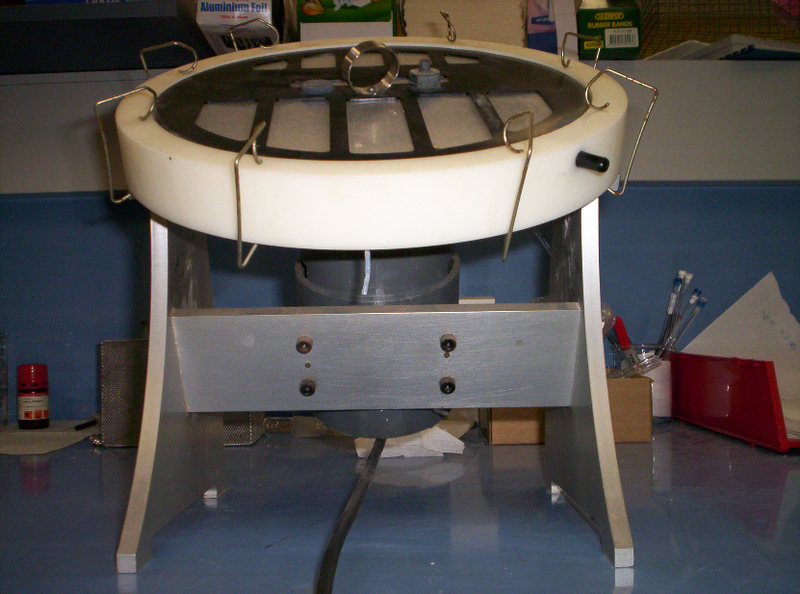
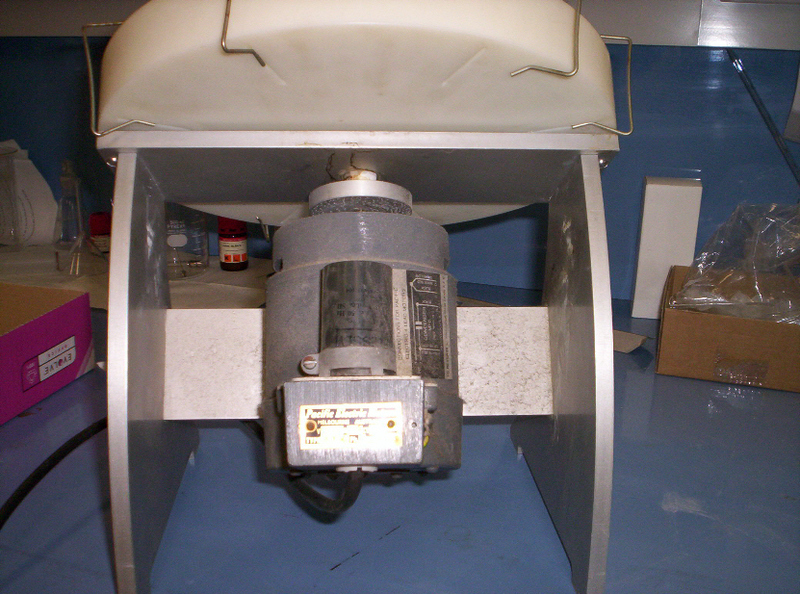
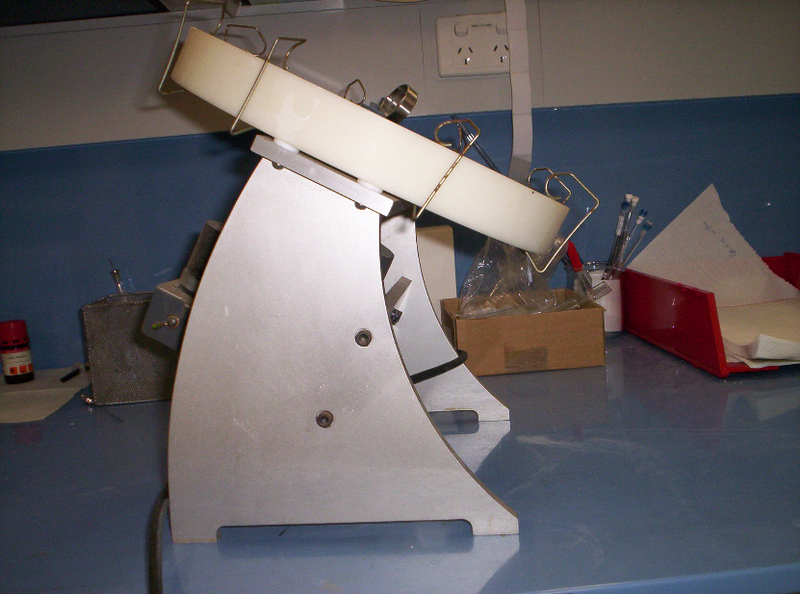
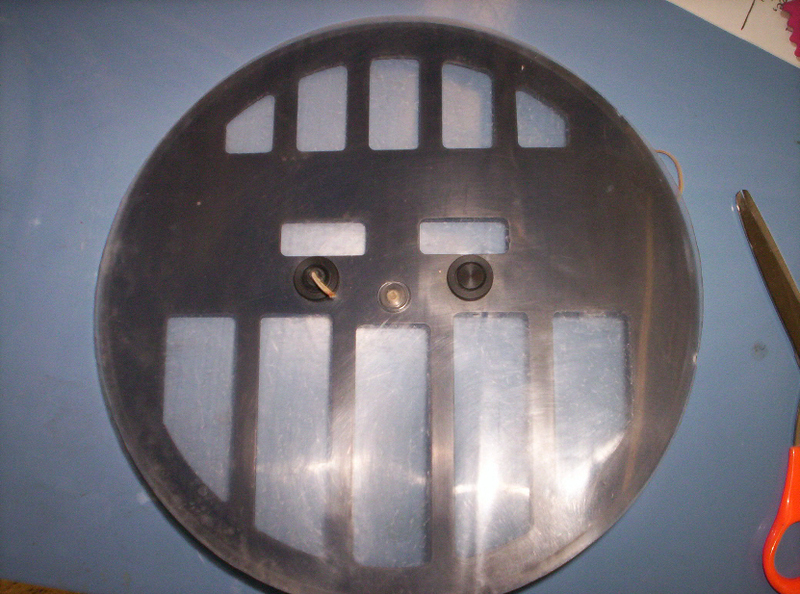
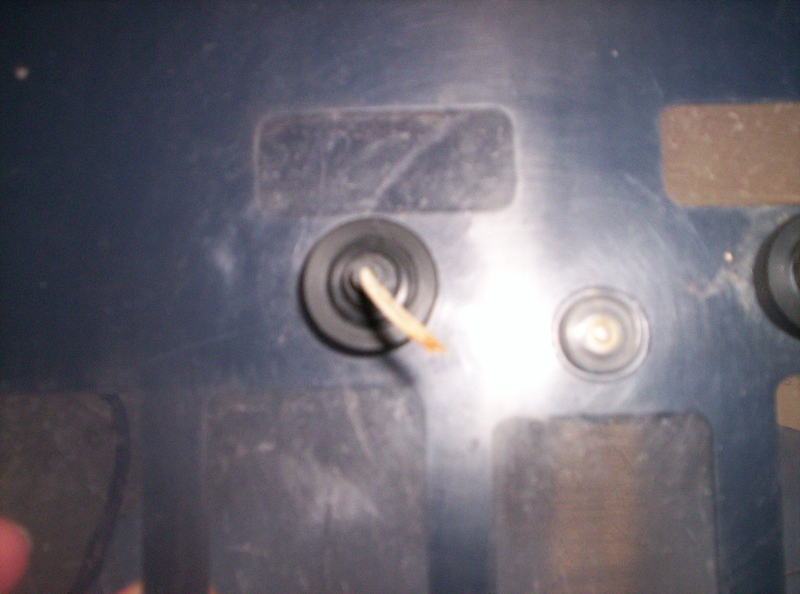
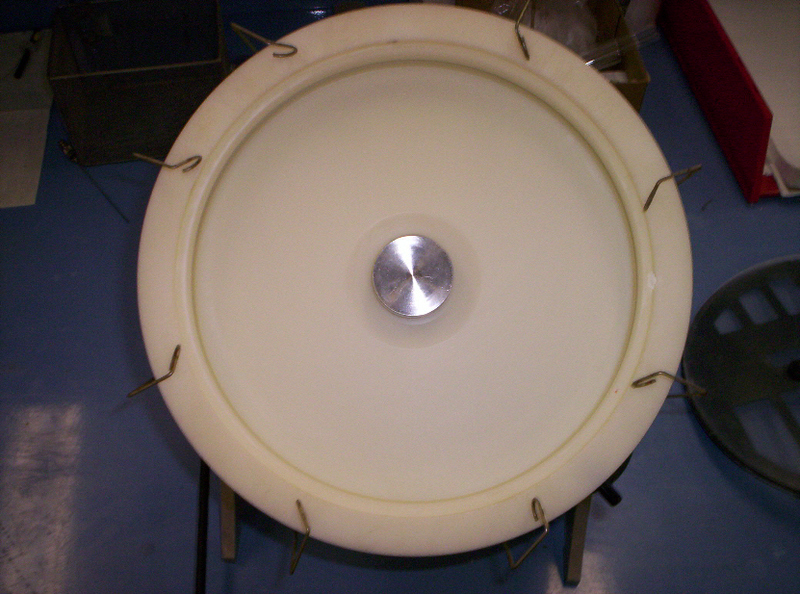
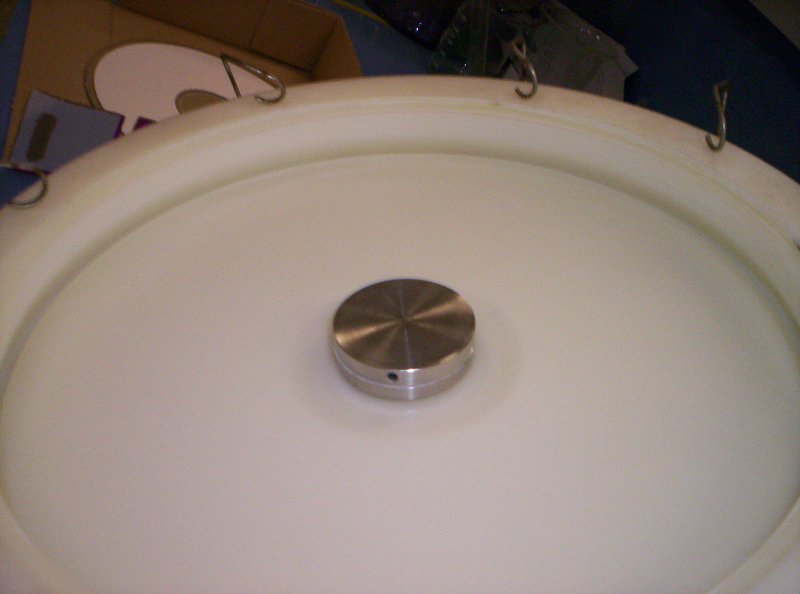
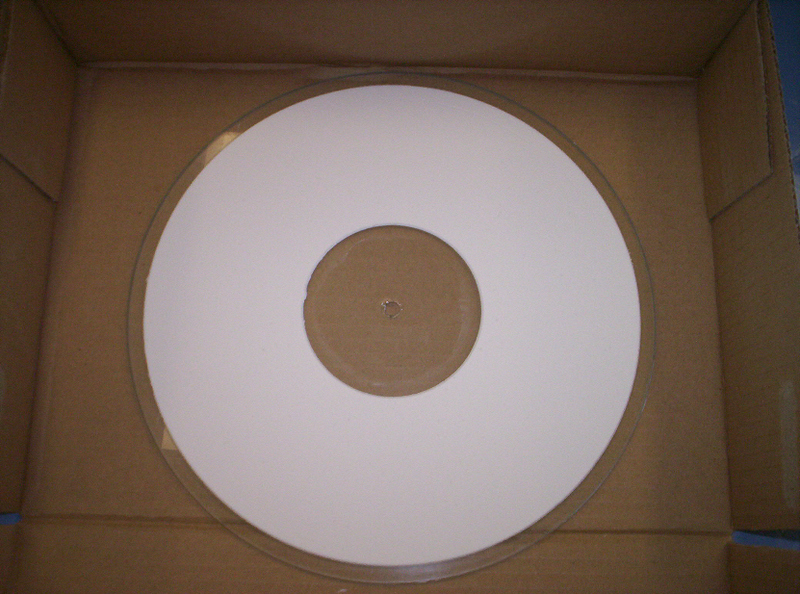
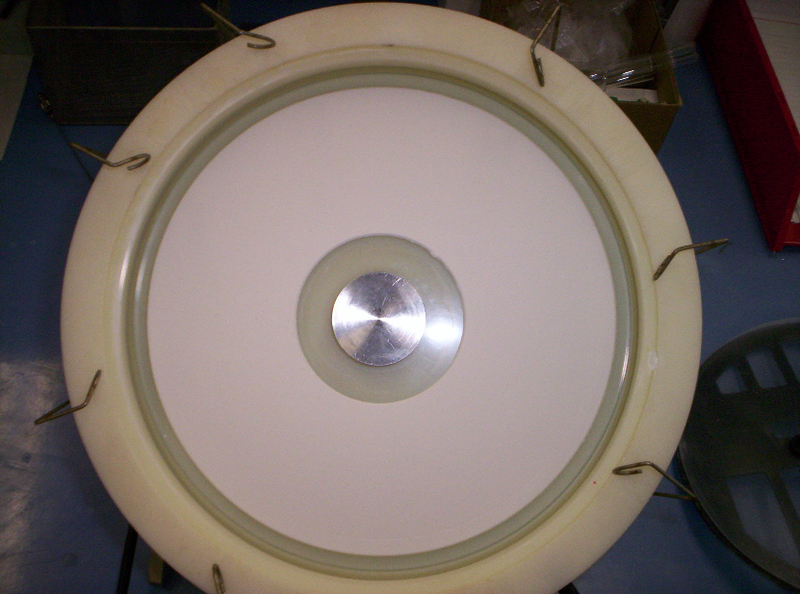
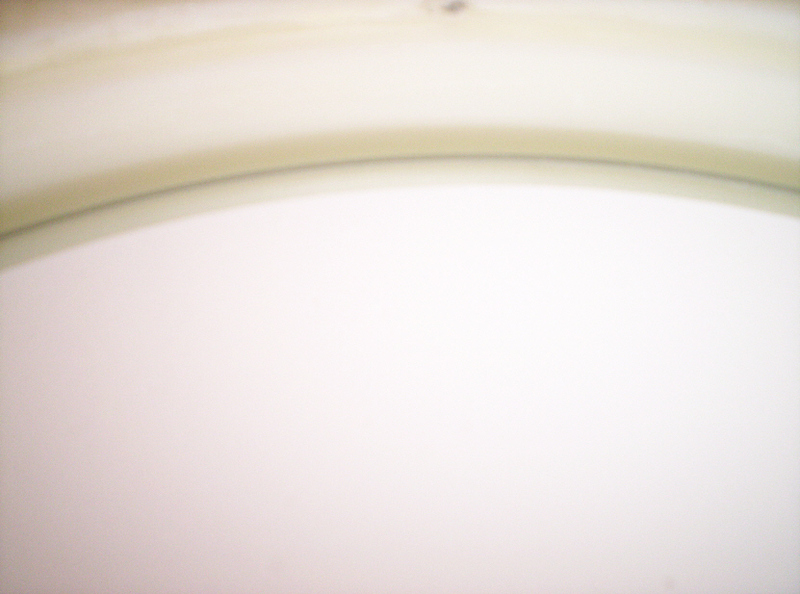
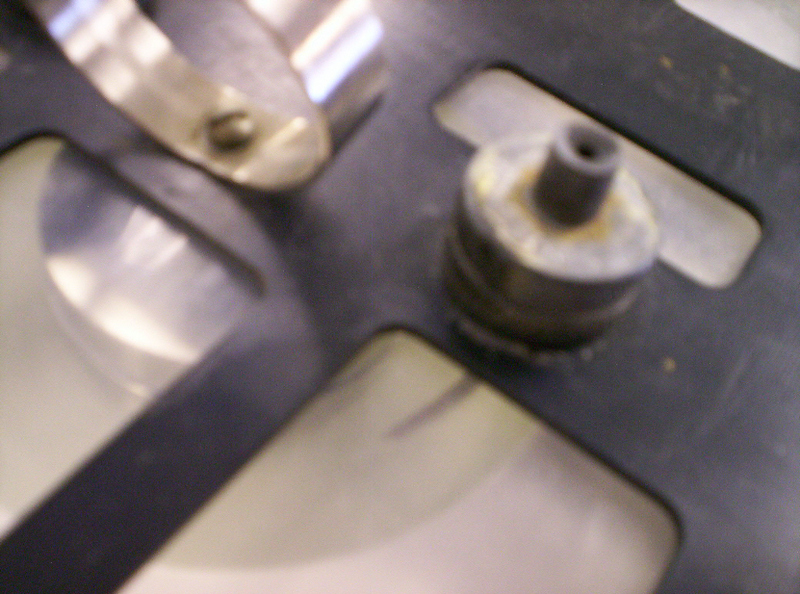


 PREPARATORY CHROMATOGRAPHY FOR THE MASSES!!!
PREPARATORY CHROMATOGRAPHY FOR THE MASSES!!! 

